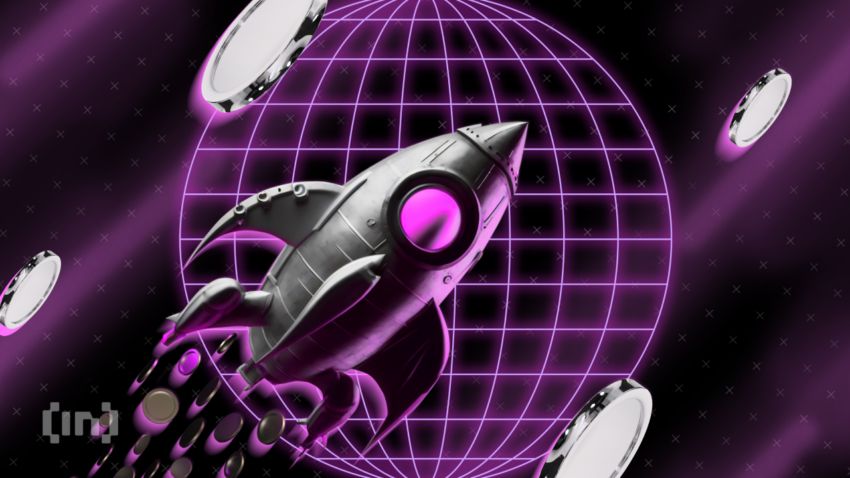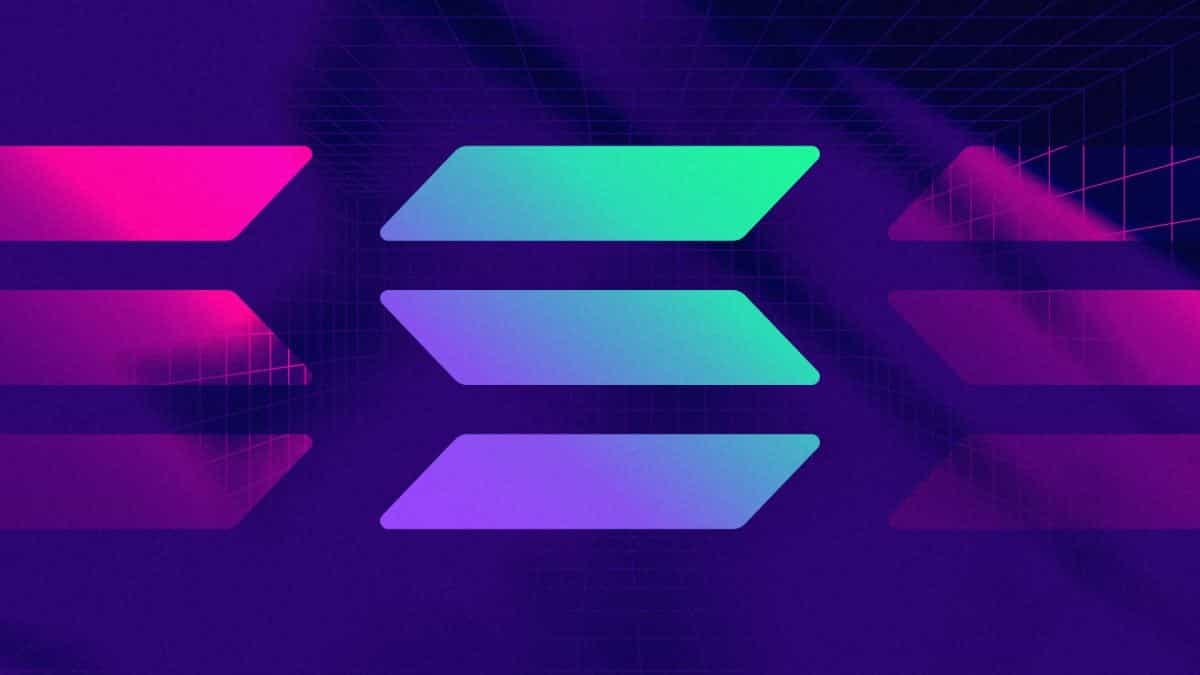
Liên quan đến coin
Tính toán giá
Lịch sử giá
Dự đoán giá
Phân tích kỹ thuật
Hướng dẫn mua coin
Danh mục tiền điện tử
Máy tính lợi nhuận

Giá Victoria VRVR
Bạn cảm thấy thế nào về Victoria VR hôm nay?
Giá Victoria VR hôm nay
Giá cao nhất của VR là bao nhiêu?
Giá thấp nhất của VR là bao nhiêu?
Dự đoán giá Victoria VR
Giá của VR vào năm 2026 sẽ là bao nhiêu?
Giá của VR vào năm 2031 sẽ là bao nhiêu?
Lịch sử giá Victoria VR (VND)
 Giá thấp nhất
Giá thấp nhất Giá cao nhất
Giá cao nhất 
Thông tin thị trường Victoria VR
Lịch sử vốn hóa thị trường của Victoria VR
Thị trường Victoria VR
Victoria VR nắm giữ
Ma trận phân phối nắm giữ Victoria VR
Victoria VR nắm giữ theo mức độ tập trung
Địa chỉ Victoria VR theo thời gian nắm giữ

Xếp hạng Victoria VR
Về Victoria VR (VR)
Victoria VR là gì?
Victoria VR là MMORPG dựa trên blockchain đầu tiên với Thực tế ảo với Đồ họa thực tế được xây dựng trên Unreal Engine. Dự án được thành lập bởi Ondřej Dobruský và Adam Bém vào năm 2018. Victoria VR là một thế giới ảo tự duy trì, không chỉ dựa vào những người tạo ra nó mà còn biến đổi và phát triển thông qua sự tham gia tích cực của cộng đồng. Đó là một vũ trụ nơi sự sáng tạo không có giới hạn, cho phép người dùng biến những giấc mơ điên rồ nhất của họ thành hiện thực thông qua khả năng làm việc, sáng tạo, khám phá và giao dịch không giới hạn.
Về cốt lõi, Victoria VR là một dự án đầy tham vọng với mục tiêu hợp nhất các khía cạnh giải trí của thế giới ảo truyền thống với tính thực tiễn và đổi mới của công nghệ blockchain. Đó là việc tạo ra một hệ sinh thái toàn diện, nơi hội tụ giữa giáo dục, năng suất, kinh tế và giải trí. Metaverse này được thiết kế để trở thành một nền tảng chung cho tất cả thực tế ảo, trò chơi, ứng dụng phi tập trung (dApp), v.v., được củng cố bởi token VR gốc hỗ trợ các giao dịch, quản trị và rất nhiều tương tác khác trong vũ trụ kỹ thuật số này.
Nguồn thông tin về Victoria VR
Tài liệu chính thức: https://www.victoriavr.com/whit epaper
Website chính thức: https://www.victoriavr.com/
Victoria VR hoạt động như thế nào?
Victoria VR hoạt động như một MMORPG dựa trên blockchain, nơi người dùng có thể đắm mình trong thế giới thực tế ảo với đồ họa chân thực, nhờ sức mạnh của Unreal Engine. Nền tảng này là một metaverse toàn diện bao gồm các yếu tố tài chính phi tập trung (DeFi), token không thể thay thế (NFT) và nền kinh tế kỹ thuật số. Người dùng có thể tham gia staking, quản trị và mô hình chơi để kiếm tiền để nhận phần thưởng khi tham gia và đóng góp tích cực cho hệ sinh thái. Dự án cho phép mua đất kỹ thuật số, tòa nhà, tài nguyên và các vật phẩm khác nhau, tất cả đều dưới dạng NFT, có thể được sở hữu, mua và bán, bổ sung thêm một lớp quyền sở hữu và đầu tư vào thế giới ảo.
Hệ sinh thái của Victoria VR được thiết kế toàn diện và mở rộng, cung cấp các nhiệm vụ, khai thác tài nguyên, tùy chỉnh hình đại diện cũng như thị trường giao dịch NFT và tài sản ảo. Hệ sinh thái này hỗ trợ một loạt các hoạt động từ chơi game và khám phá đến các cuộc họp kinh doanh, giáo dục và các sự kiện giải trí, làm cho nó trở thành một nền tảng linh hoạt cho cơ sở người dùng đa dạng. Dự án nhấn mạnh quản trị người dùng, cho phép chủ sở hữu token VR và chủ đất bỏ phiếu cho các quyết định quan trọng và đề xuất thay đổi, đảm bảo metaverse phát triển theo hướng có lợi cho cộng đồng.
VR Token là gì?
VR là token gốc của hệ sinh thái Victoria VR, được sử dụng để mua và bán đất, vật phẩm, tài nguyên ảo và truy cập các dịch vụ và trải nghiệm khác nhau trong nền tảng. Tokenomics của VR được thiết kế để hỗ trợ nền kinh tế tự cung tự cấp, với sự phân bổ rõ ràng cho phát triển, phần thưởng và dự trữ chiến lược. Người dùng có thể kiếm được token VR khi tham gia vào các nhiệm vụ, staking và đóng góp cho hệ sinh thái, điều chỉnh các ưu đãi giữa nền tảng và người dùng. VR có ổng nguồn cung là 16.8 tỷ token.
Yếu tố ảnh hưởng giá của Victoria VR?
Giá của token Victoria VR (VR) bị ảnh hưởng bởi sự tương tác phức tạp của các yếu tố cộng hưởng với động lực thị trường tiền điện tử rộng lớn hơn, bao gồm cung và cầu, tâm lý thị trường, tiến bộ công nghệ trong hệ sinh thái Victoria VR và xu hướng chung trong lĩnh vực blockchain và thực tế ảo. Khi các nhà đầu tư và những người đam mê theo dõi chặt chẽ các dự đoán giá cho VR trong năm 2024, các biểu đồ lịch sử của token cung cấp những hiểu biết có giá trị về hiệu suất và tiềm năng đầu tư của nó. Tỷ lệ sử dụng nền tảng Victoria VR, quan hệ đối tác và tiện ích của token VR trong metaverse càng thúc đẩy giá trị của nó. Giống như bất kỳ khoản đầu tư tiền điện tử nào, lợi nhuận tiềm năng trên VR phụ thuộc vào sự biến động của thị trường, sự phát triển quy định và thành công của dự án trong việc tạo ra một thế giới ảo bền vững và hấp dẫn, do đó nhà đầu tư cần nghiên cứu kỹ lưỡng và xem xét triển vọng dài hạn của Victoria VR trong bối cảnh blockchain.
Những người quan tâm đến việc đầu tư hoặc giao dịch Victoria VR có thể thắc mắc: Mua VR ở đâu? Bạn có thể mua VR trên các sàn giao dịch hàng đầu, chẳng hạn như Bitget, nơi cung cấp nền tảng an toàn và thân thiện với người dùng cho những người đam mê tiền điện tử.
VR sang tiền nội địa
- 1
- 2
- 3
- 4
- 5
Hướng dẫn mua Victoria VR(VR)

Tạo tài khoản Bitget miễn phí

Xác minh tài khoản của bạn

Chuyển đổi Victoria VR sang VR
Tham gia giao dịch sao chép VR bằng cách theo dõi elite trader.
Tin tức về Victoria VR



Mawari Network đã huy động được 10,8 triệu đô la trong vòng tài trợ chiến lược từ Borderless Capital, 1kx và các nhà đầu tư khác. Dự án Solana DePIN đang xây dựng một mạng lưới nhằm mở rộng khả năng tính toán không gian.
Mua thêm
Câu Hỏi Thường Gặp
Giá hiện tại của Victoria VR là bao nhiêu?
Khối lượng giao dịch 24 giờ của Victoria VR là bao nhiêu?
Giá cao nhất mọi thời đại của Victoria VR là bao nhiêu?
Liệu tôi có thể mua Victoria VR trên Bitget?
Tôi có thể nhận được thu nhập ổn định khi đầu tư vào Victoria VR không?
Tôi có thể mua Victoria VR ở đâu với mức phí thấp nhất?
Tôi có thể mua Victoria VR (VR) ở đâu?
Mục video — xác minh nhanh, giao dịch nhanh

Bitget Insights




Tài sản liên quan





































Dữ liệu mạng xã hội Victoria VR
Trong 24 giờ qua, điểm tâm lý mạng xã hội của Victoria VR là 3 và tâm lý mạng xã hội đối với xu hướng giá Victoria VR là Tăng giá. Điểm mạng xã hội tổng thể của Victoria VR là 0, xếp hạng 602 trong số tất cả các loại tiền điện tử.
Theo LunarCrush, trong 24 giờ qua, tiền điện tử được đề cập trên các mạng xã hội tổng cộng 1,058,120 lần, trong đó Victoria VR được đề cập với tỷ lệ tần suất là 0%, xếp hạng 454 trong số tất cả các loại tiền điện tử.
Trong 24 giờ qua, có tổng cộng 42 người dùng duy nhất thảo luận về Victoria VR, với tổng số lượt đề cập đến Victoria VR là 22. Tuy nhiên, so với 24 giờ trước đó, số lượng người dùng duy nhất đã giảm 19% và tổng số lượt đề cập đã tăng 29%.
Trên X, có tổng cộng 0 bài đăng đề cập đến Victoria VR trong 24 giờ qua. Trong số đó, 0% cho rằng Victoria VR sẽ tăng giá, 0% cho rằng Victoria VR sẽ giảm giá và 100% tỏ ra trung lập đối với Victoria VR.
Trên Reddit, đã có 1 bài đăng đề cập đến Victoria VR trong 24 giờ qua. So với 24 giờ trước đó, số lượt đề cập đã giảm 0%.
Tất cả tổng quan xã hội
3